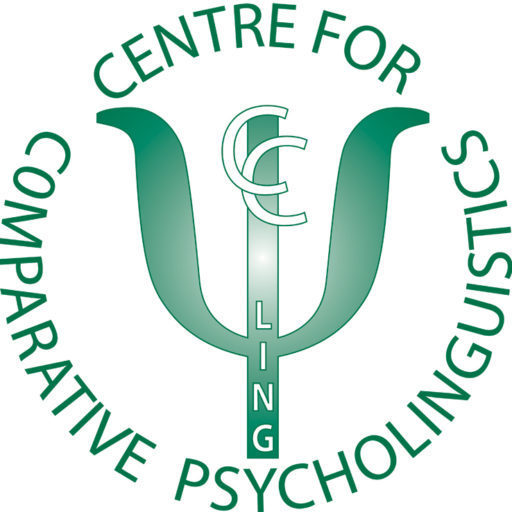Debra Titone (McGill University, Canada)
This course will provide a broad overview of the use of eye movement methods to investigate bilingual reading. A rich history of work has used eye movements to examine language processing in monolingual readers (for a comprehensive review, see Rayner, Pollatsek, Ashby, & Clifton, 2012). Relatively fewer studies have capitalized on eye movement reading methods to examine language processing in bilingual readers (i.e., individuals who know only two languages), and fewer still have done so specifically for multilingual readers (i.e., individuals who know more than two languages).
The course will consist of 3 subparts. In the first part, we will provide an introduction to the method including the relevant eye-tracking measures, and best practices for designing and interpreting eye movement reading experiments. The second part will be a hands-on introduction to operating an eye-tracker for collecting sentence reading data. In the third part of the course, we will discuss the ways in which bilinguals differ that are relevant to reading, models of first and second language reading, and what we currently know from eye movement studies of bilingual reading. There is no prerequisite for this course.
